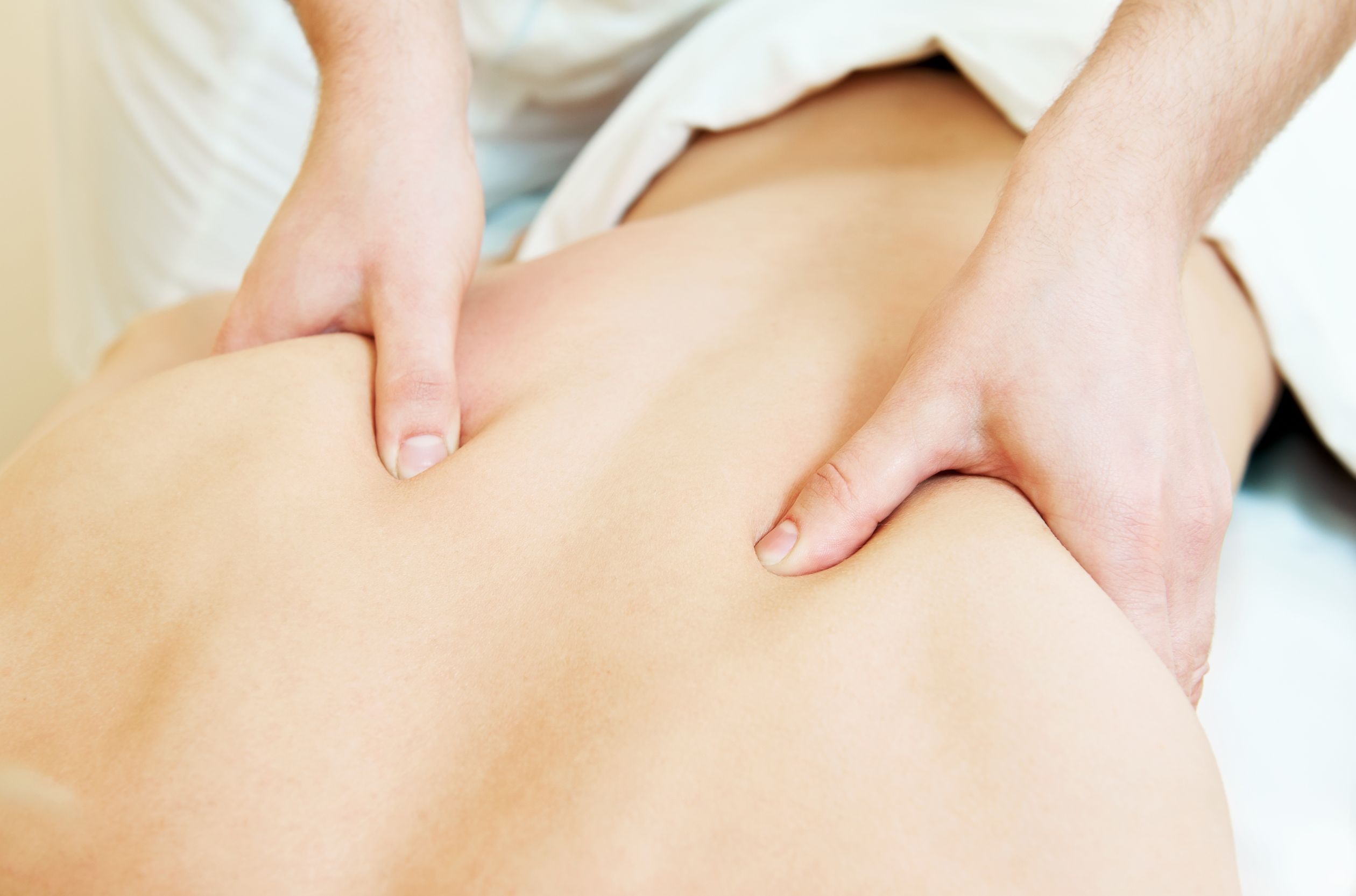Four Options For Varicose Vein Treatments
In the United States, the National Institutes of Health estimates that approximately half of individuals over 50 have varicose veins. This problem afflicts more women than men. The most common location of varicose veins is the legs. While for many, it may not constitute a major health issue, for many it does. For those who suffer from such symptoms as exceptionally tired, heavy, swollen, itchy or achy legs several reliable varicose vein treatments are available.
Treatment Options
Treatment of varicose veins varies according to several factors. These include severity, availability and personal preference. For some individuals, alternative methods may work. A person may want to try first changing his or her footwear, diet or exercise regime. The problem may also decrease if signs indicate the problem stems from the job.
While such measures may prove to be effective and are worth considering, often the only option is medical. As a result, varicose vein treatments involve medical intervention to remove the problem and, therefore, eliminate the health risks. The following are three basic options:
1. Ligation and Stripping: Compared to 2 decades ago when endovenous ambulatory methods were developed this surgical technique requires general anesthesia and ligating the junction of diseases vein with the deep vein system and then passing a wire inside the targeted varicose vein and then forcefully pulling the stripper and the vein length form ankle to groin level. Patient who have undergone this treatment, generally refer to it as very unpleasant and a very invasive method.
2. Endovenous ablation by RF method and Laser ablation are done at office setting. Among these, one method that has was recently introduced and has been associated with great success rate, is Radial Laser Endovenous Laser ablation for GSV & SSV symptomatic reflux disease. Patients can resume normal activities after this treatment in most cases. This technique can be considered a modern replacement for ligation & stripping surgery.
3. Phlebectomy: This type of removal of secondary superficial varicose veins, requires tiny incisions over the zigzag superficial varicose veins veins and the employment of a specialized hook to remove them in small segments. This technique does not require general anesthesia and should only be applied after correcting the origin of reflux (reflux source).
4. Sclerotherapy: This involves the injection of a specific chemical solution or foam into the affected superficial unwanted veins. For varicose veins, foam sclerotherapy is more effective than other versions are. The specialists at Vein Specialty Medical Clinic, Inc. have perfected this method.
Varicose Veins Treatment
If you have varicose veins, it is sometimes possible to address them by changing your diet, exercise or job. However, for many sufferers, this is not a solution. They turn instead to medical professionals who offer diverse varicose veins treatment. By talking to them, it is possible to discover what procedure is best for your situation.


